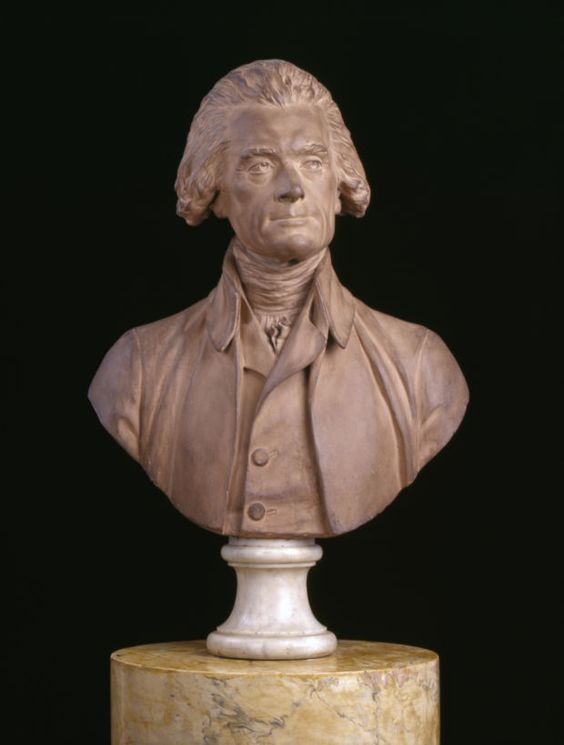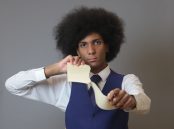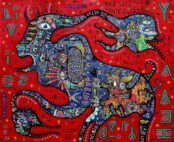Art is dangerous. It is one of the attractions: when it ceases to be dangerous you don’t want it. – Duke Ellington
For much of human history art was a privilege that few were able to access. In less media-saturated times the hyperreal effect art had on its audience was something to control. Art has the ability to open the mind and allow other possibilities to flourish. This was not often something that secular and religious rulers wished the laity to experience without rigorous guidance.
We can imagine that the first art crime might well have been when someone created a piece of art outside of a ritual context: creating a false god, a wilder promise, a bold statement of being, or even a humorous satire of a respected chief. Perhaps a common act of early war was to erase the art of another tribe, to penetrate their sacred sanctums, brush away their marks of meaning, and scrape away their traces of persistence. But then it might also have been the case that progressive invaders or descendants in possession of legendary art felt ennobled by the ownership, a symbolic possession of the greatness that marked their vanquished forebears. However, as history teaches us, the danger of riches like art is that they are all too easily lost.
A prolific author and educator, Prof. Noah Charney has written at length about how the acquisition, possession and loss of art ties collectors, criminals and society together in a sensational game of desire and bravado. For collectors art is something to own and be associated with however for thieves the story can be more complex.
Holding a masters degree in art history from the Courtauld Institute of Art and University of Cambridge, and a PhD from University of Ljubljana, Prof. Charney is Adjunct Professor of Art History at the American University of Rome and at University of Ljubljana. He is also the founder ofARCA (Association for Research into Crimes against Art), a non-profit research group on issues in art crime.
He has been featured and praised in many media forums including the New York Times Magazine, Time, the Wall Street Journal, BBC Radio, Vogue, Vanity Fair, the BBC, and TEDx.
Charney is one of the founding editors of the Journal of Art Crime and has authored and edited hundreds of academic and popular articles, and such books as Art & Crime: Exploring the Dark Side of the Art World (Praeger 2009); Art Crime: Terrorists, Tomb Raiders, Forgers and Thieves (Palgrave 2016); Stealing the Mystic Lamb: The True History of the World’s Most Coveted Masterpiece (PublicAffairs 2010); The Thefts of the Mona Lisa: On Stealing the World’s Most Famous Painting (ARCA 2011); and The Art of Forgery: The Minds, Motives and Methods of Master Forgers (Phaidon 2015).
The backstory of any criminal sets the scene for the daring heist but what about the detectives? Trebuchet spoke to Charney to understand where this passion comes from and what he knows about the mind and methodology of thieves with a hunger for art.
How did your fascination with art crime begin?
It began with watching The Thomas Crown Affair while immersed in postgraduate studies in art history, first at the Courtauld and then in Cambridge. I had this idea that I would study art history but become a playwright. I got an agent for my plays, amazingly, but she said, “The plays are fine, but if you want to make a career of this, you’ll need a novel.” I thought, okay, let me go write one. It became The Art Thief, which I was very fortunate with; it became an international bestseller and allowed me to become a full-time writer. In researching for it, I found that there was relatively little written on art crime from an academic perspective, and I decided to shift my attention to it.
Read this article in full in Trebuchet 5 – Art and Crime

Trebuchet Issue 5 Art and Crime

The aim of art is to represent not the outward appearance of things, but their inward significance. – Aristotle























Itâs why one of the first things all dictators do is ban art, music, books and performers of all stripes who donât tow the party line